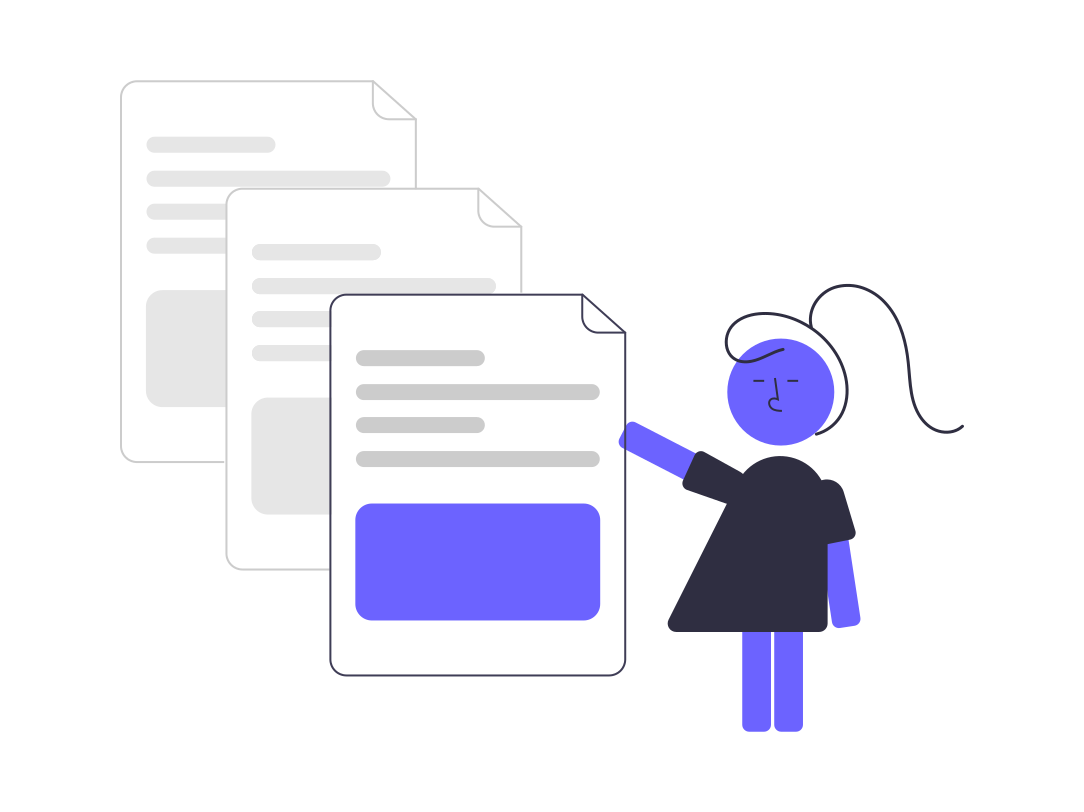In B2B marketing, precision and data-driven strategies are key to running successful campaigns. Account-based forecasting enables B2B marketers to target high-value accounts with personalized, relevant campaigns by predicting the likely needs, buying stages, and potential revenue of each account. This approach not only optimizes targeting but also enhances resource allocation, messaging, and overall effectiveness, aligning marketing efforts closely with business goals.
This blog explores how account-based forecasting informs B2B campaign development, offering insights into targeting, budgeting, and performance tracking.
Understanding Account-Based Forecasting
Account-based forecasting leverages data to predict outcomes at the individual account level, focusing on high-value accounts rather than broad audience segments. By analyzing factors such as historical engagement, firmographic data, purchase history, and buying cycles, marketers can forecast potential revenue, sales cycles, and the probability of conversion for each account. This information allows B2B marketers to develop campaigns that are specifically tailored to each account’s unique profile and journey stage.
Incorporating account-based forecasting in campaign planning enables B2B marketers to prioritize high-impact accounts, streamline targeting, and tailor messaging, ultimately resulting in more precise and efficient campaigns.
Prioritizing Target Accounts for Maximum Impact
One of the primary advantages of account-based forecasting is the ability to prioritize accounts that are most likely to convert. By analyzing factors such as account potential, readiness to buy, and engagement levels, marketers can rank accounts based on priority. This data-driven approach ensures that campaigns are focused on high-value prospects, maximizing the return on marketing investments.
In practice, account prioritization involves segmenting accounts into tiers (e.g., high, medium, and low priority) and dedicating more resources to top-tier accounts. This enables the marketing team to concentrate on accounts with the highest potential, ensuring that their efforts are directed toward those most likely to drive growth.
Customizing Campaigns Based on Forecasted Needs
Account-based forecasting provides insights into the specific needs and challenges of each target account. This allows B2B marketers to tailor messaging and content that directly addresses the pain points and goals of individual accounts. With a clear understanding of each account’s unique journey, marketers can create personalized experiences that resonate more deeply with prospects.
For instance, a campaign targeting an account in the early awareness stage would focus on educational content, while one targeting an account further along the buyer’s journey might emphasize product features or ROI. By aligning campaign messaging with forecasted needs, marketers create a more relevant and engaging experience, increasing the likelihood of conversion.
Optimizing Budget Allocation and Resources
Account-based forecasting aids in strategic budget allocation, ensuring that resources are distributed where they are most likely to generate returns. By predicting which accounts are most likely to convert, B2B marketers can allocate larger budgets to high-priority accounts, optimizing ad spend, content creation, and other marketing resources accordingly.
For example, high-priority accounts might receive personalized outreach and customized content, while lower-priority accounts are targeted with less-intensive resources. This approach allows B2B marketers to make data-informed decisions about resource allocation, avoiding unnecessary expenditure and maximizing ROI.
Enhancing Sales and Marketing Alignment
Account-based forecasting supports stronger alignment between sales and marketing teams. By focusing on a targeted list of high-value accounts, both teams can work together more effectively to engage prospects and move them through the sales pipeline. Marketing can provide sales with insights into each account’s level of engagement, potential buying stage, and forecasted needs, empowering the sales team to tailor their approach.
Additionally, regular check-ins between sales and marketing ensure that both teams are aligned on account priorities, messaging, and engagement strategies, fostering a unified approach to customer acquisition.
Measuring Campaign Success with Forecasting Benchmarks
To evaluate the effectiveness of campaigns, account-based forecasting establishes benchmarks for expected outcomes. Forecasting metrics such as predicted revenue, engagement levels, and conversion rates provide a baseline against which campaign performance can be measured. By comparing actual results to forecasted benchmarks, B2B marketers can assess the success of their efforts and identify areas for improvement.
Metrics commonly used in account-based forecasting include:
- Conversion Rate: Percentage of targeted accounts that move through the buyer journey stages.
- Account Engagement: Level of interaction from target accounts, such as content downloads, website visits, and email opens.
- Pipeline Contribution: Forecasted versus actual pipeline contribution from targeted accounts.
By tracking these benchmarks, marketers gain insights into campaign impact, enabling continuous optimization and refinement of future campaigns.
Conclusion
Account-based forecasting transforms B2B marketing campaigns by providing the insights needed to prioritize accounts, tailor messaging, and optimize resource allocation. This data-driven approach enables marketers to focus on high-value prospects and create targeted, personalized campaigns that drive meaningful results. With account-based forecasting, B2B marketing becomes a more precise, efficient, and impactful strategy, positioning companies for long-term success in a competitive landscape.


